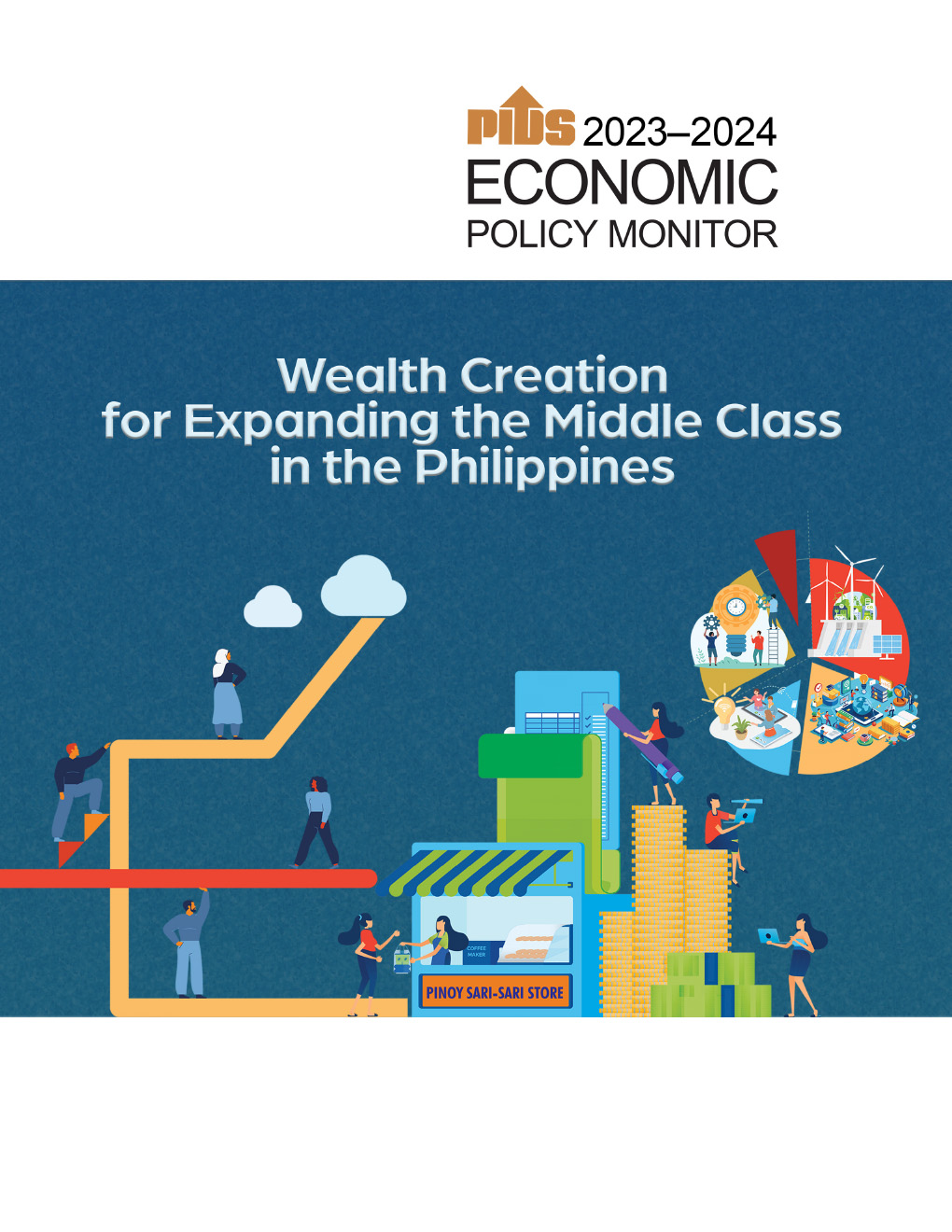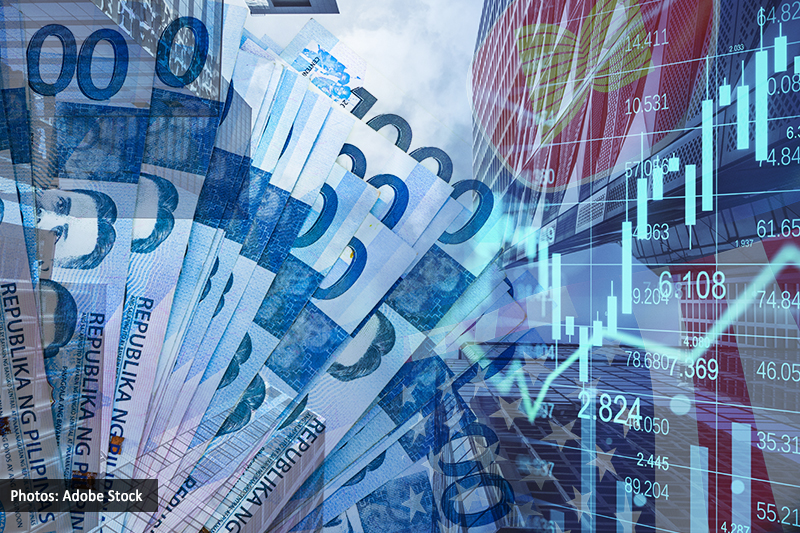THE PHILIPPINES may need at least 10 years before its debt-to-gross domestic product (GDP) ratio will return to its pre-pandemic level of 40%, Finance Secretary Carlos G. Dominguez III said.
“Assuming that a debt-to-GDP ratio of 40% is the ideal health…It could take us a minimum of 10 years to get back [on track]. That is the effect of COVID-19 (coronavirus disease 2019),” he said during a briefing on Wednesday.
The Philippines’ debt pile ballooned to a record P12.76 trillion as of the end of April, reflecting the surge in borrowings to finance its pandemic response.
The country’s debt-to-GDP ratio stood at 63.5% as of the end of the first quarter, which surpasses the 60% threshold considered as manageable by multilateral lenders for developing economies.
This is also much higher than the 39.6% debt-to-GDP ratio seen as of end-2019 or before the pandemic.
The Philippine Institute for Development Studies (PIDS) estimated the debt-to-GDP ratio will peak as high as 66.8% by 2023 and 2024, before falling to 65.7% by 2026.
The PIDS presented to the Department of Finance on Wednesday its report on the fiscal effect of the COVID-19 on the country.
PIDS Research Specialist John Paul C. Corpus outlined three scenarios and dates when the government could achieve the ideal debt-to-GDP ratio of 40%.
In order to reach this ratio by 2031, a median annual primary balance (revenues minus non-interest expenditures) increase of 2.42% of GDP would be needed, based on the most optimistic scenario that assumes a GDP growth rate of 7% and a real interest rate of 2%.
To reach the 40% debt-to-GDP ratio by 2041 and 2051, a median annual increase of primary balance of 0.86% of GDP and 0.35% of GDP respectively are needed, under optimistic conditions.
“So, the longer the terminal date, the easier it becomes. So, the long COVID could be 20 years,” Mr. Dominguez said.
PIDS fellow Justine Diokno-Sicat, who co-authored the report, told reporters it will not be easy to return to pre-pandemic debt-to-GDP ratio.
If the government does not immediately return to a pre-pandemic debt-to-GDP ratio, she said the only real risk is a credit rating downgrade.
Fitch Ratings in February affirmed the Philippines’ investment grade rating but also maintained the “negative” outlook amid “possible challenges in unwinding the policy response to the health crisis and bringing government debt on a firm downward path.”
A negative outlook means Fitch could downgrade the Philippines’ credit rating in the next 12 to 18 months.
“We’ve been talking with multilaterals; the World Bank was one of them. There’s some sort of meeting of minds that the primary goal is really to bring life back into the economy, and that will naturally correct the debt,” Ms. Diokno-Sicat said.
Economic managers target a 7-8% GDP growth this year.
Mr. Dominguez earlier said the Philippines has to grow an average of 6% annually in the next six years to reduce the country’s debt.












